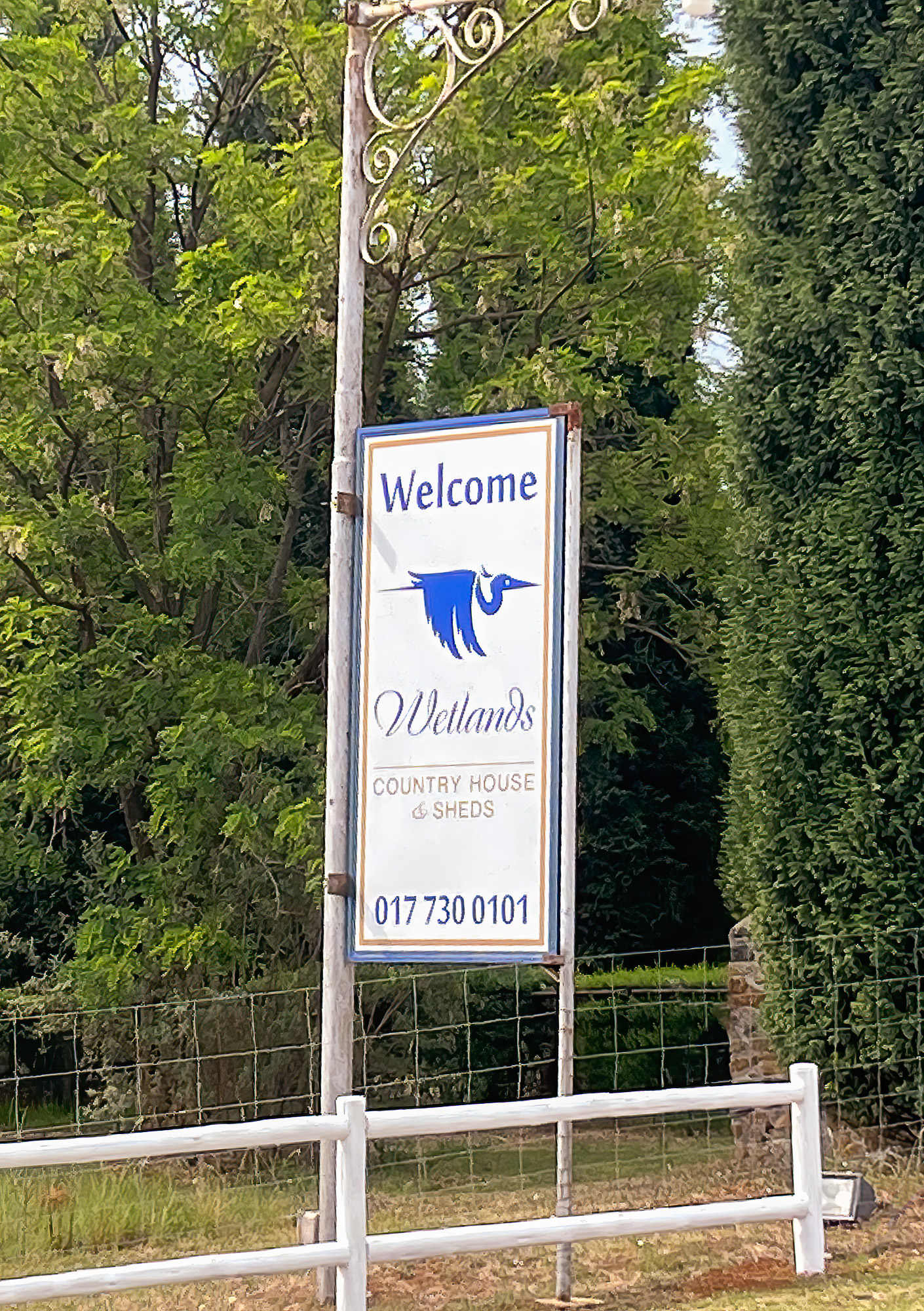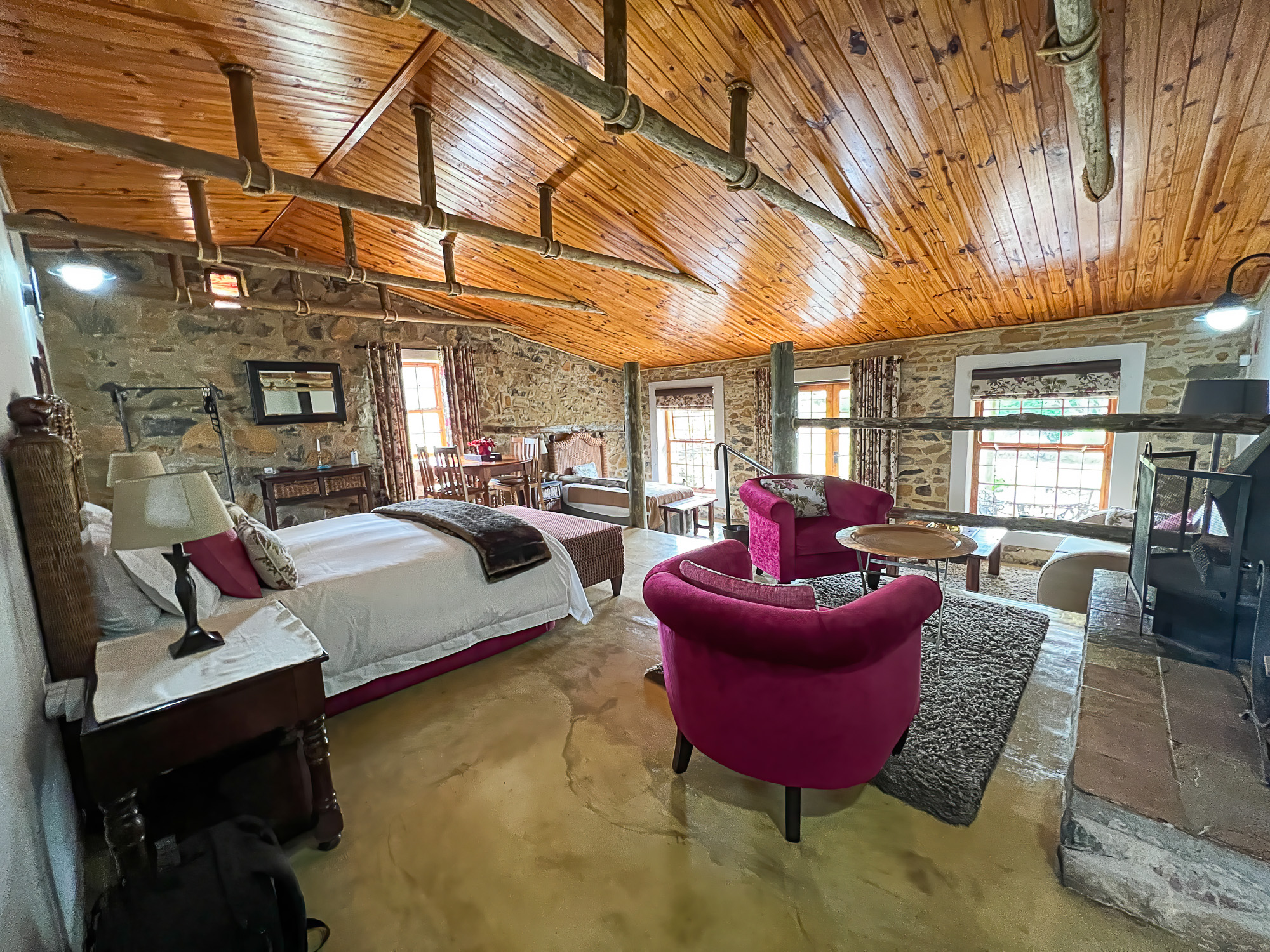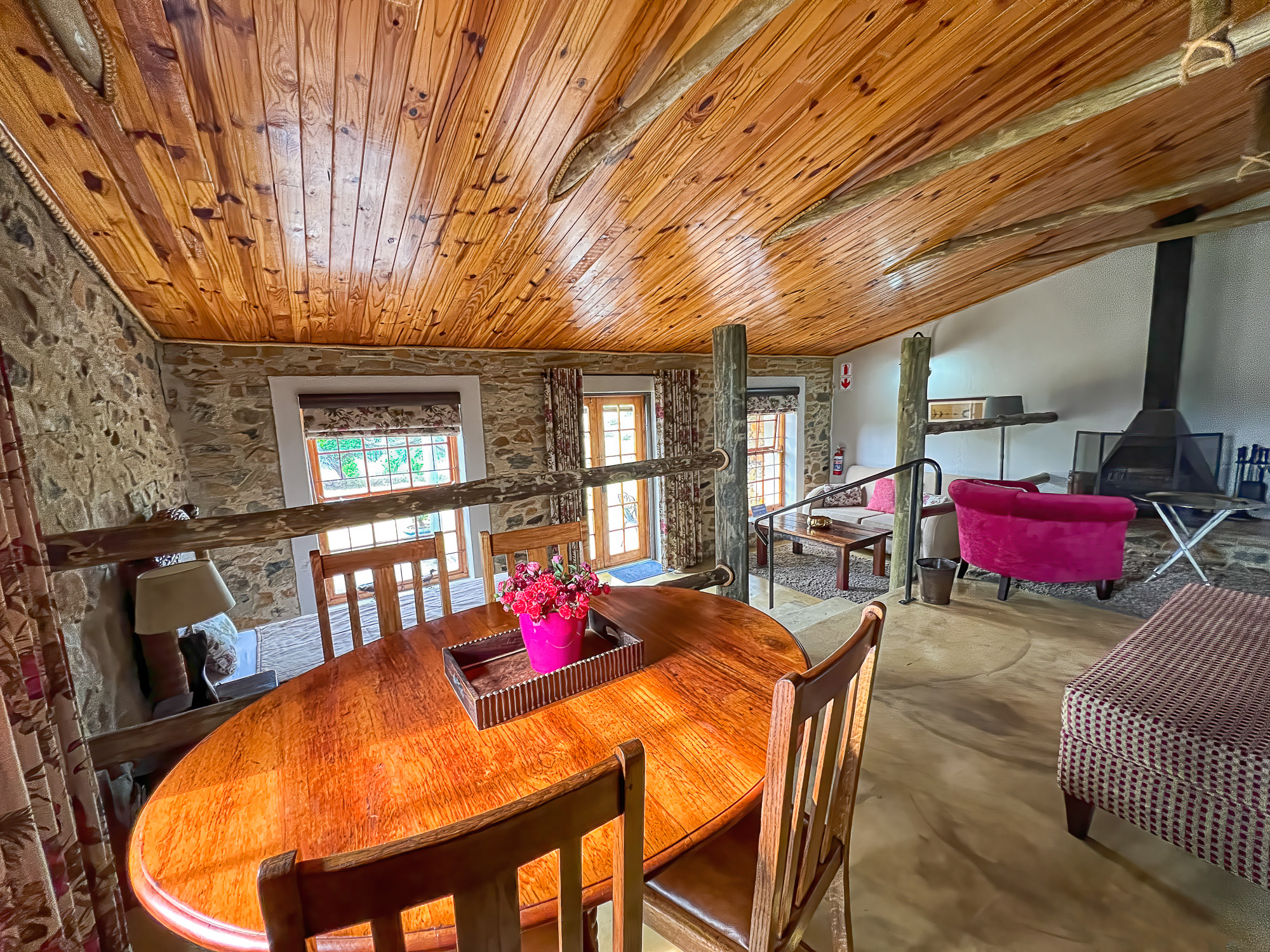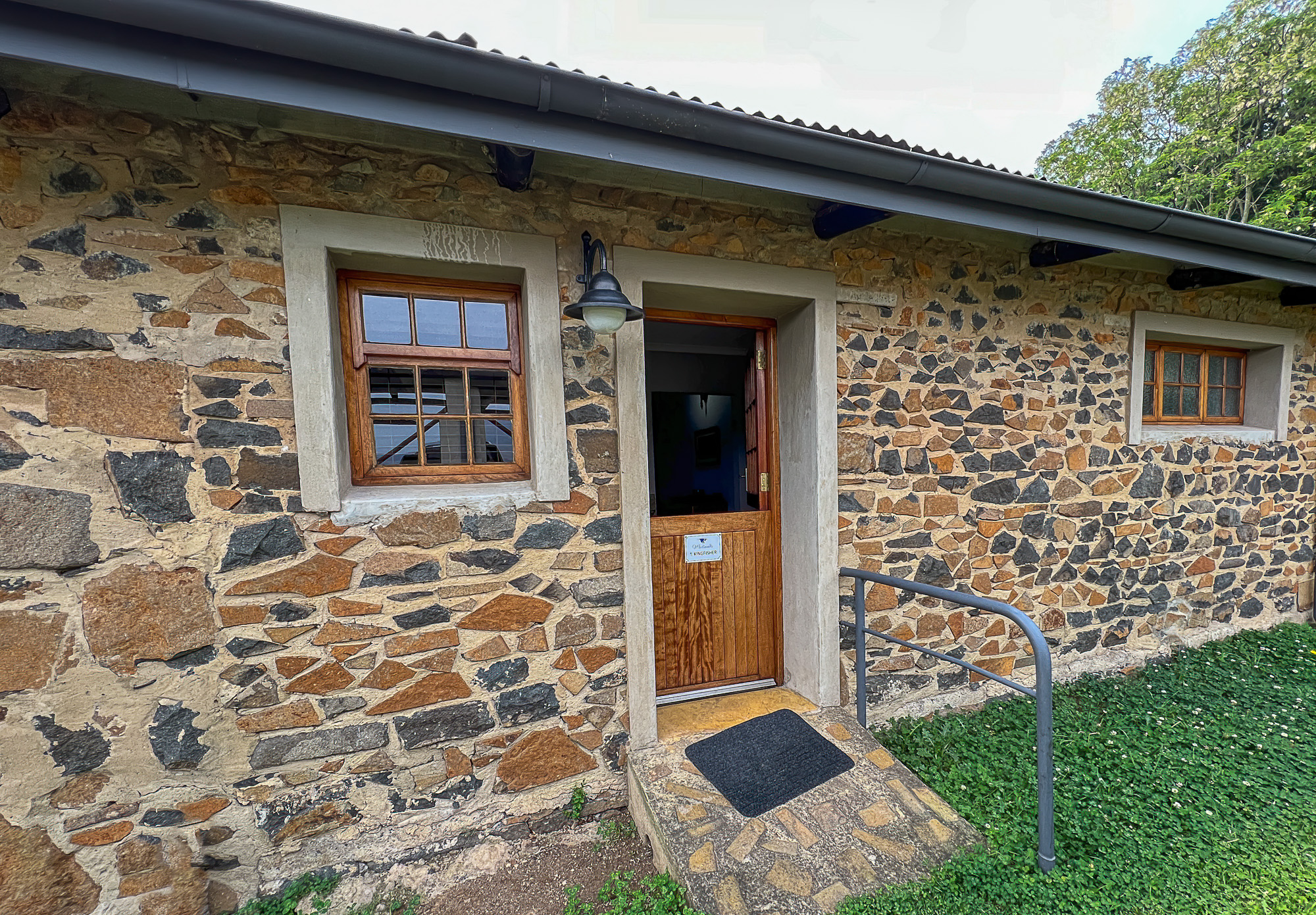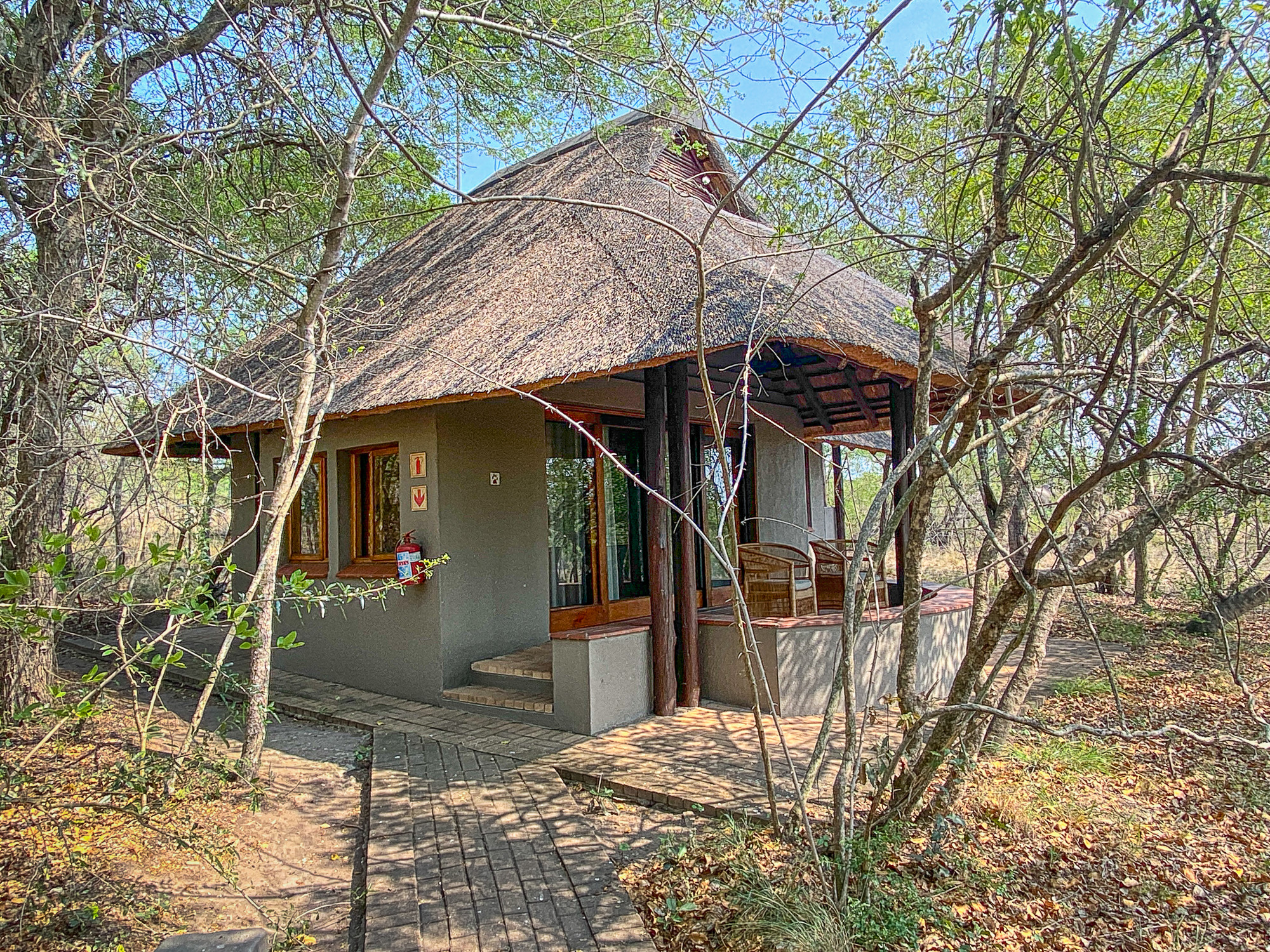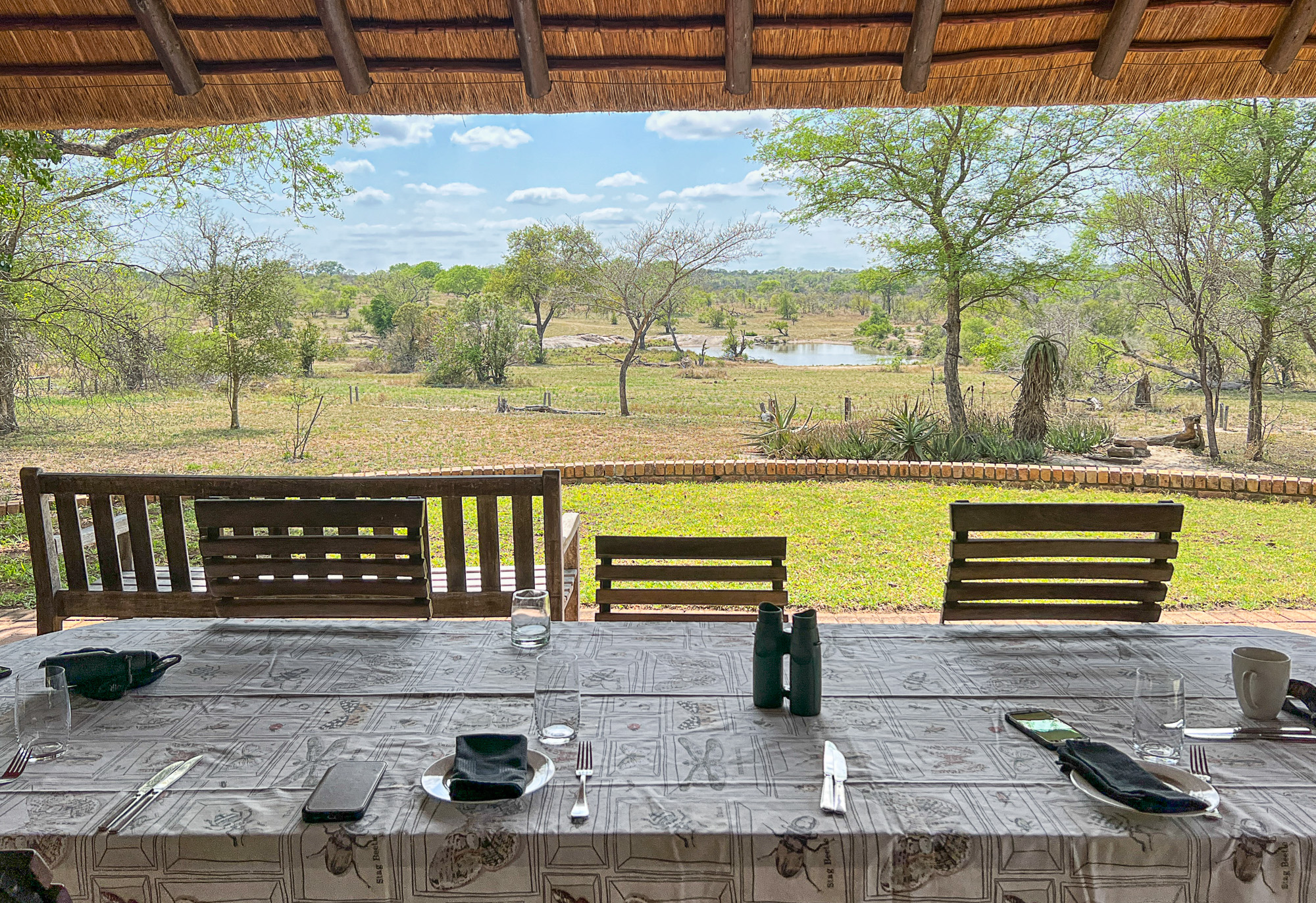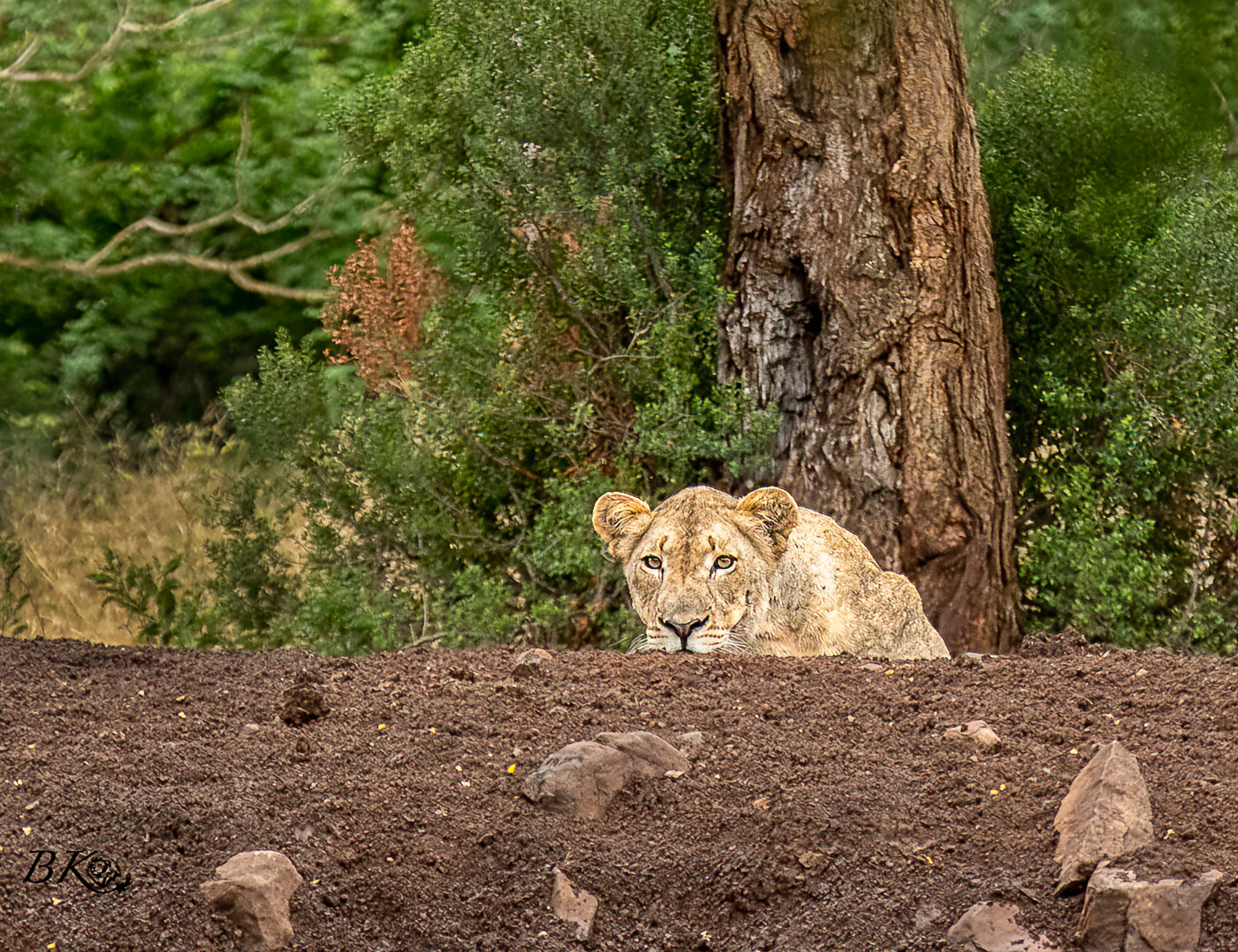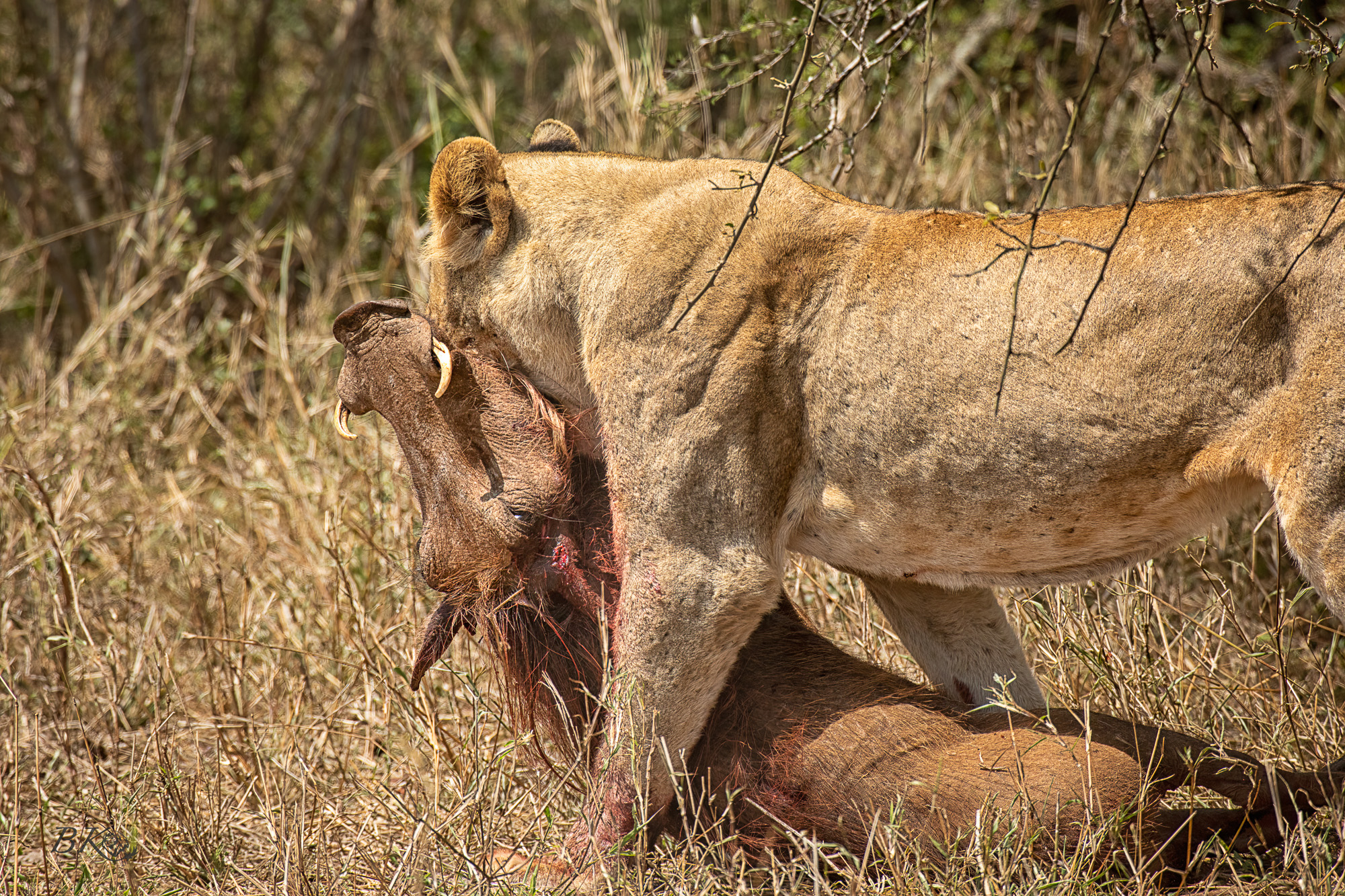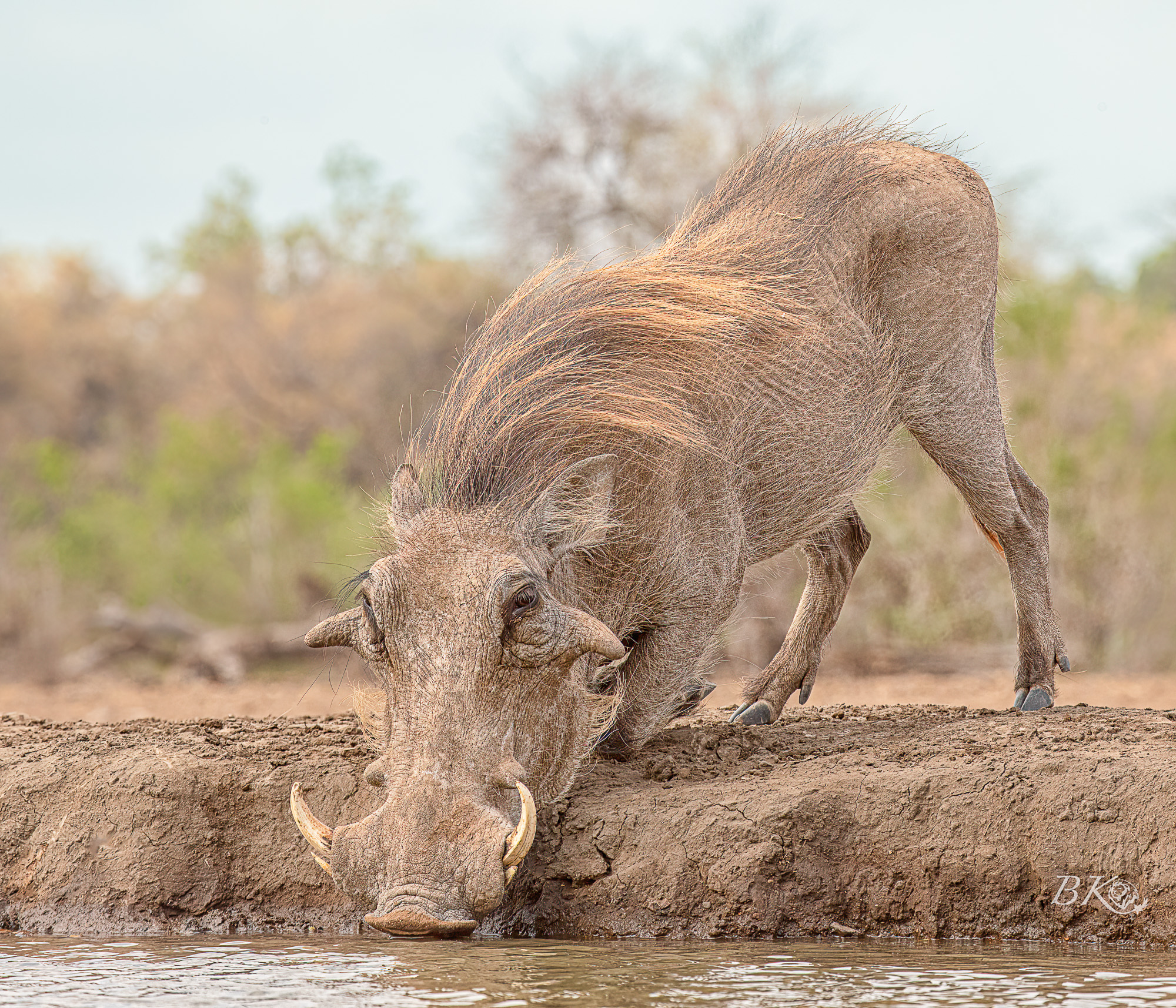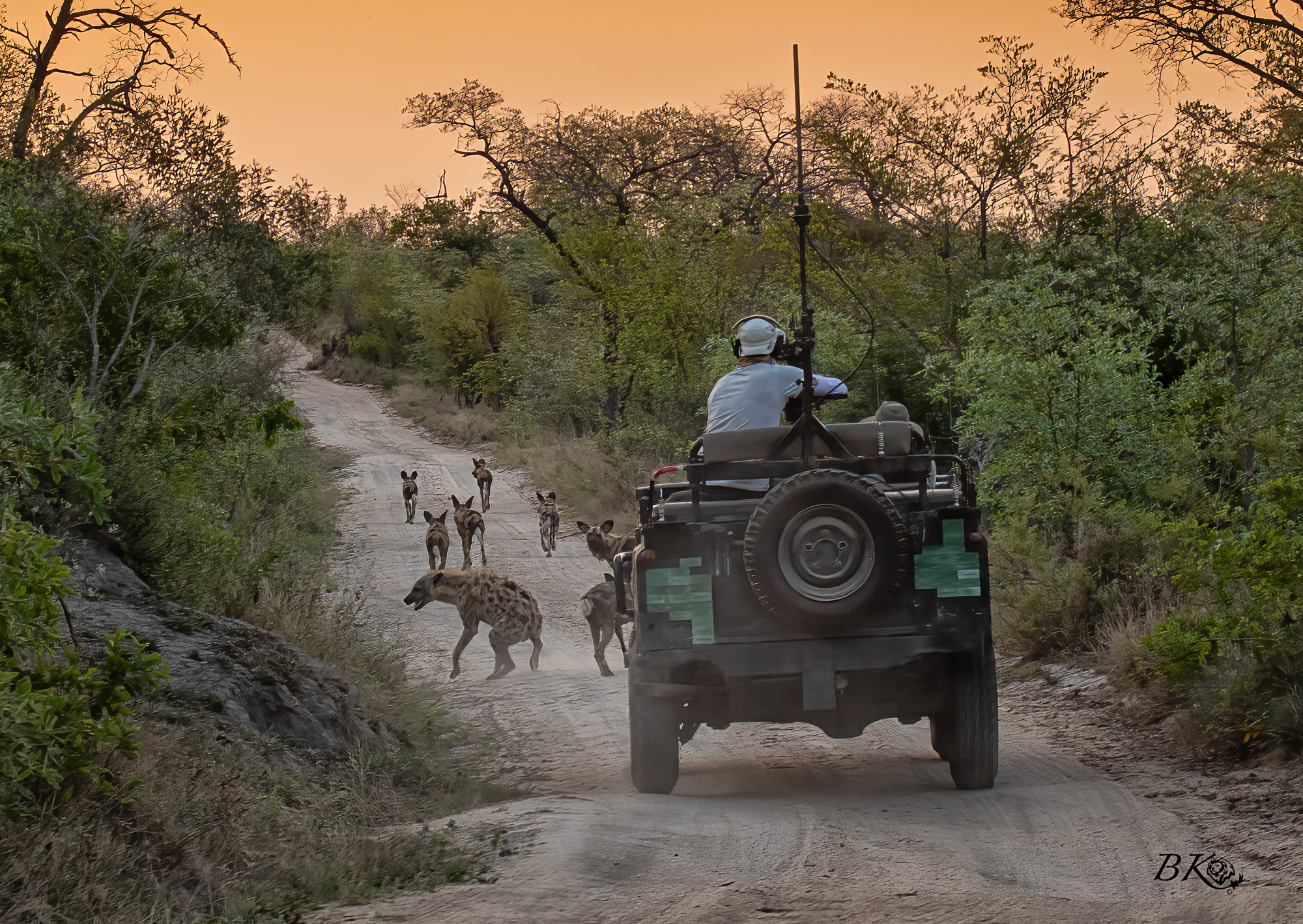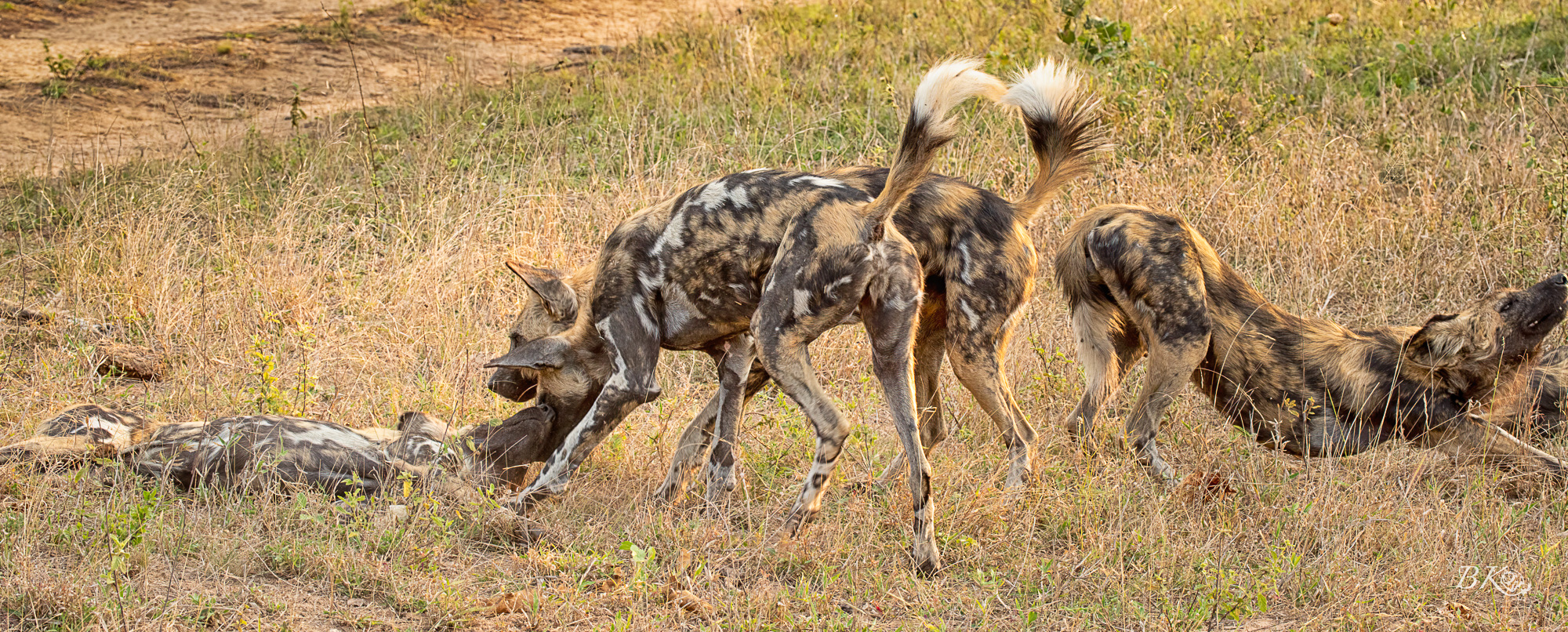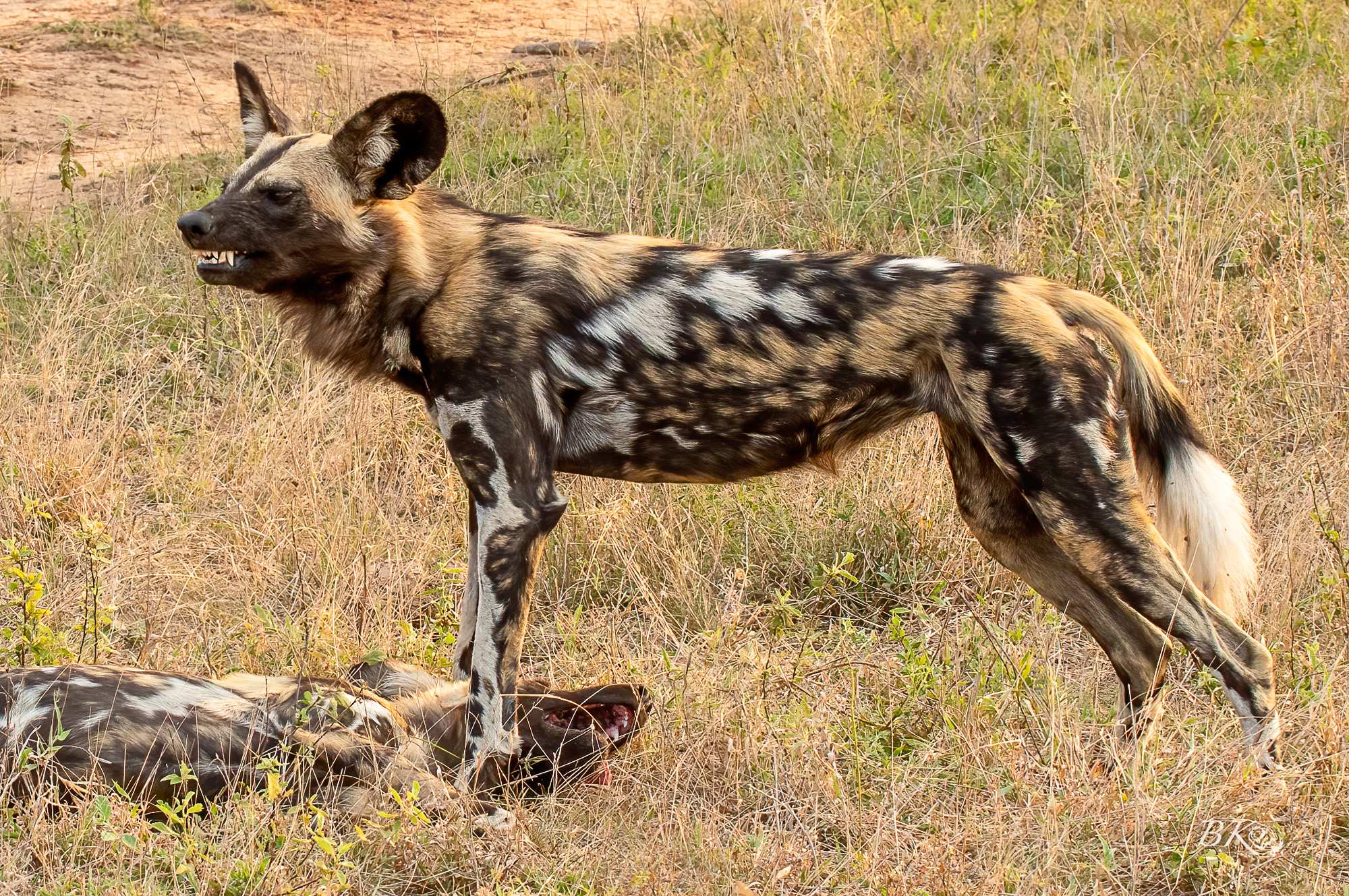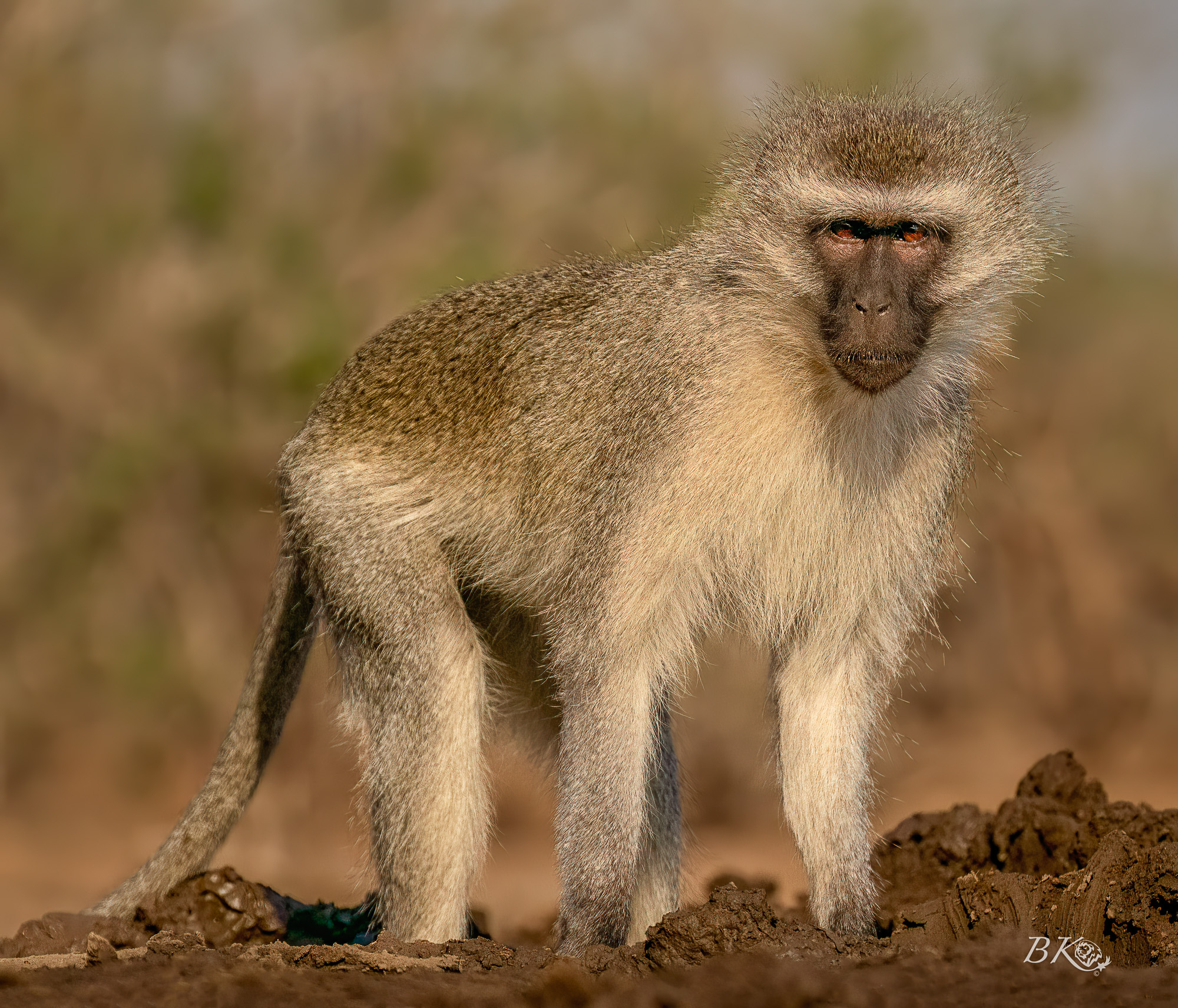Mashatu Leopard in a Tree
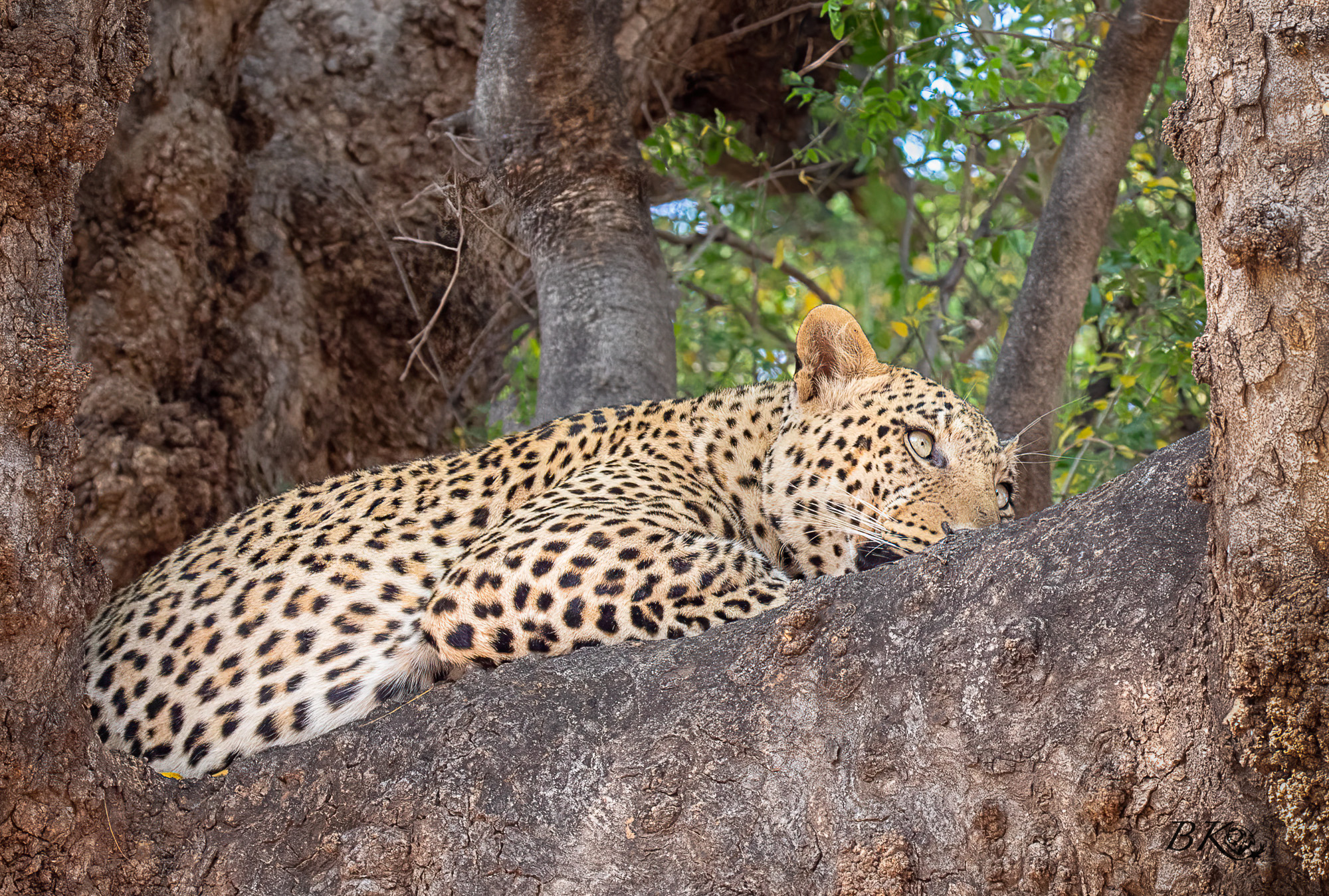
Dave and I were so fortunate to see quite a few Leopard on this trip. I love seeing Leopard in a tree. And look at those eyes!
Leopards are strong climbers. Pound for pound, the leopard is the strongest climber of all the big cats. Their shoulder blades even have special attachment sites for stronger climbing muscles. Leopards spend much of their time in trees even when stalking prey and for eating. Both lions and hyenas will take away a leopard’s food if they can. To prevent this, leopards will often store their meal high up in tree branches where they can feed in relative safety.

